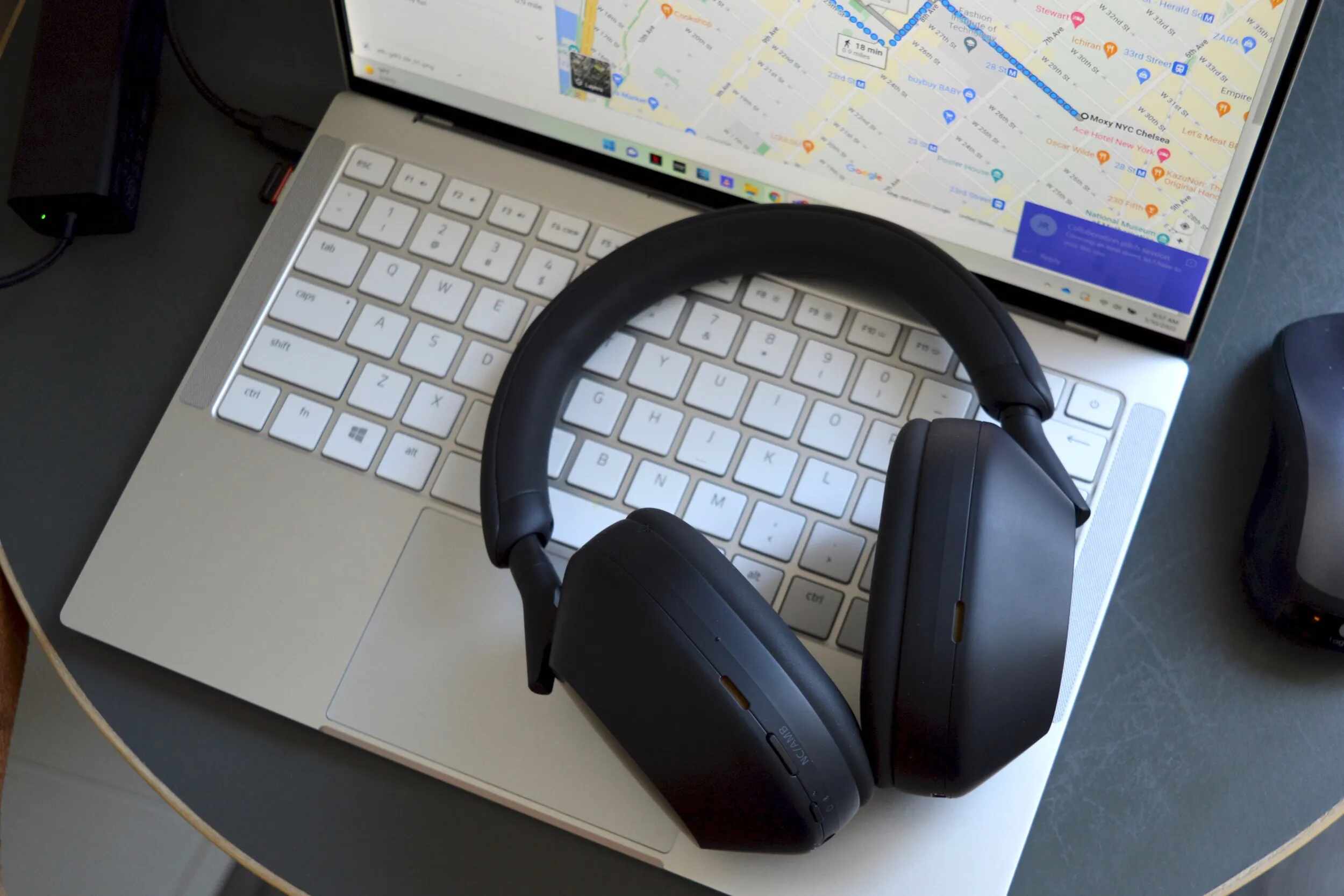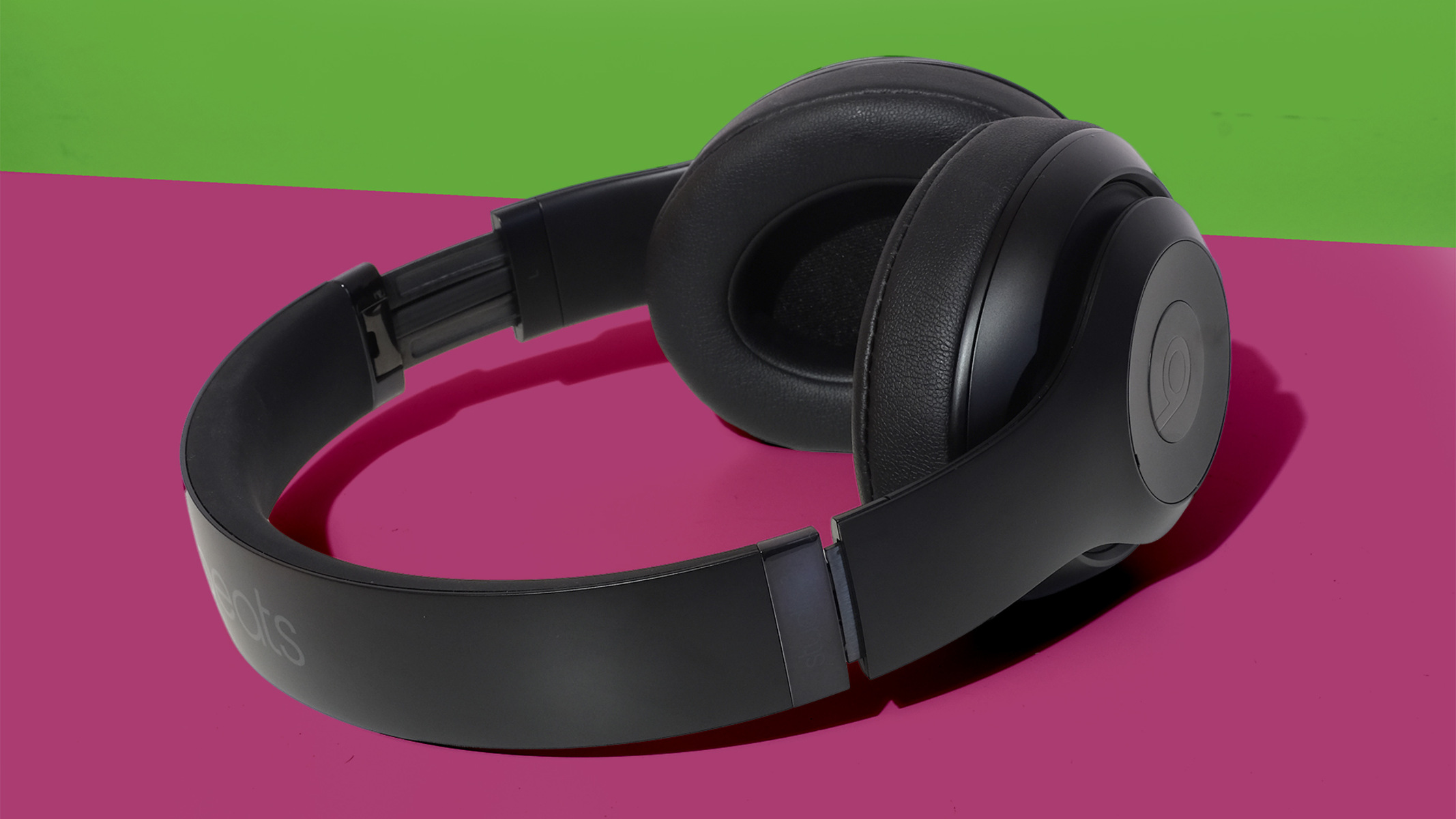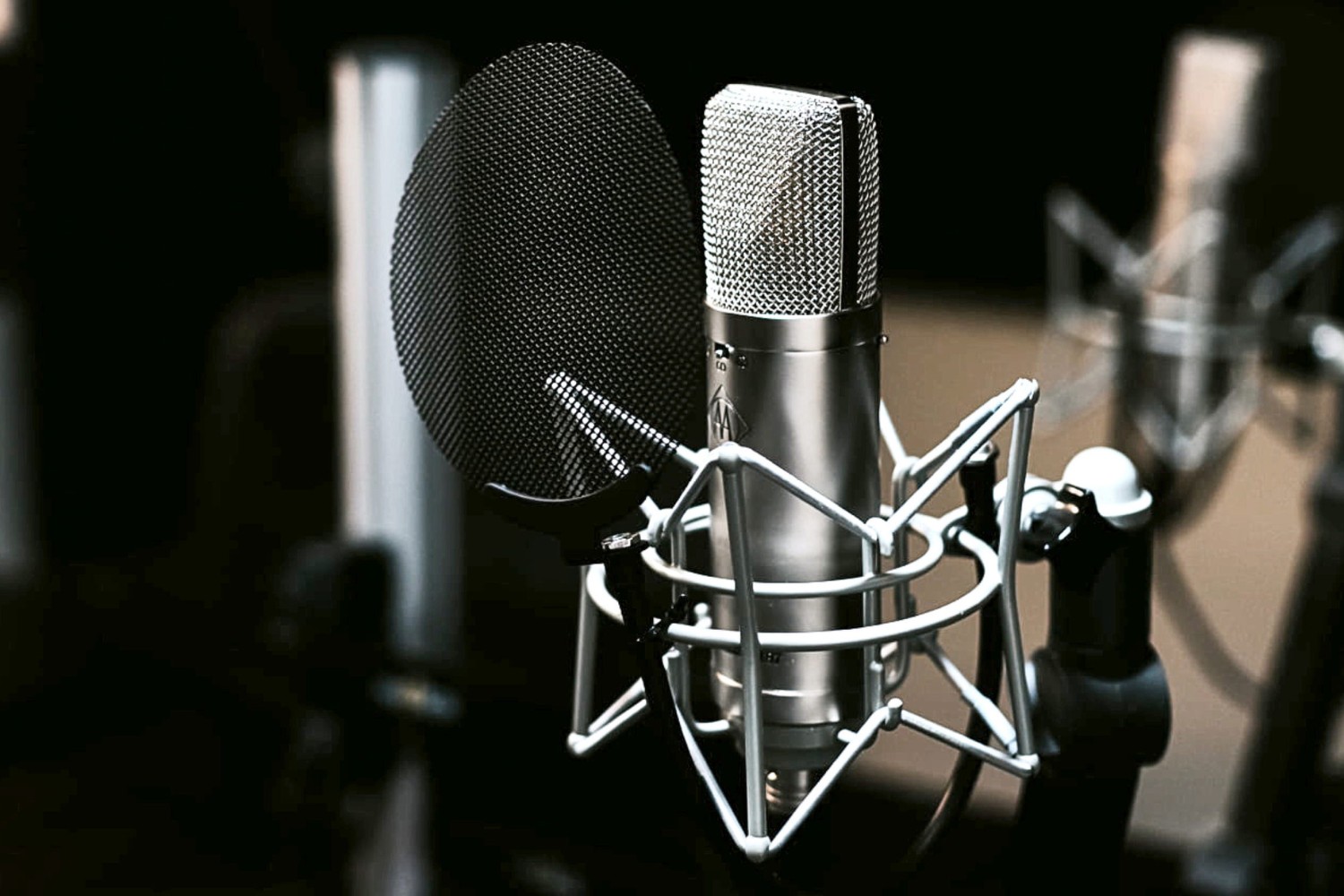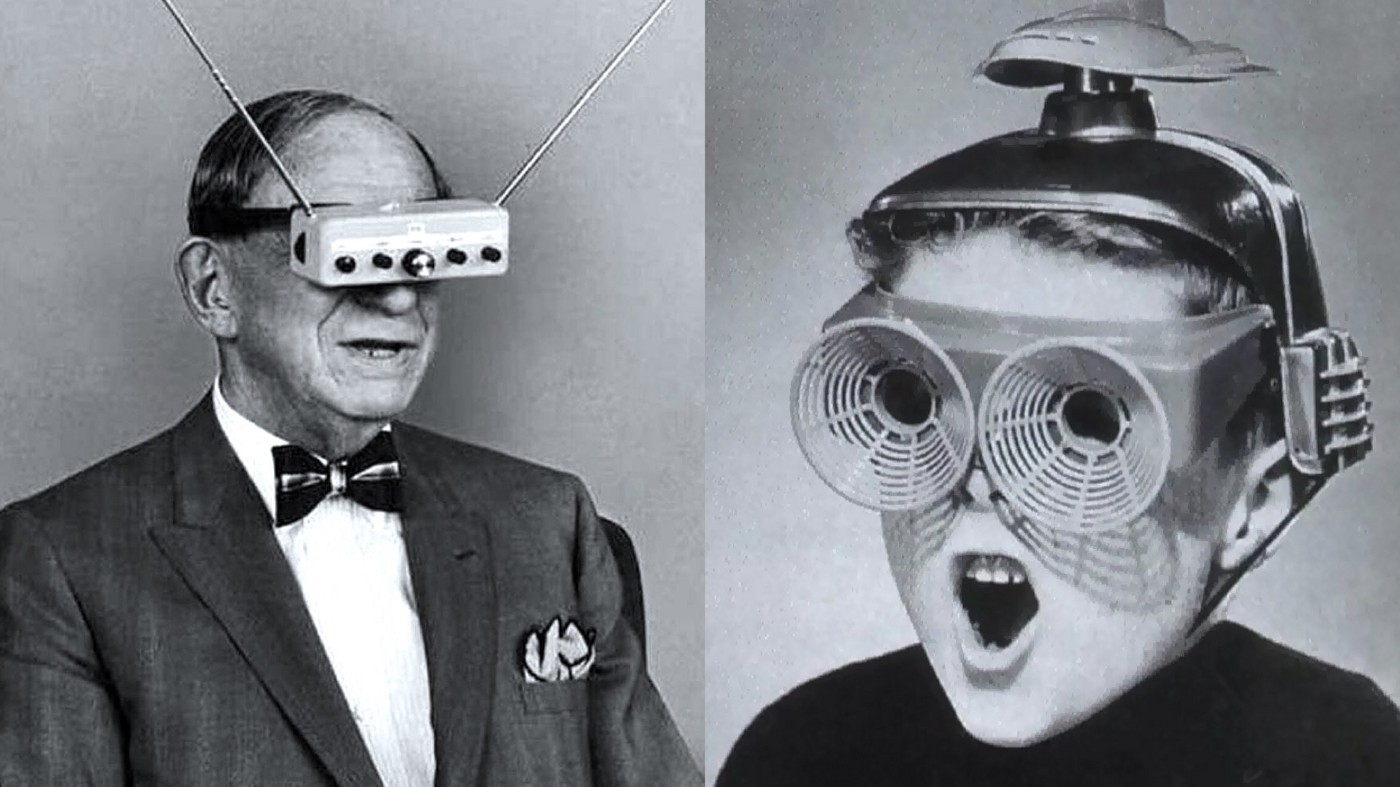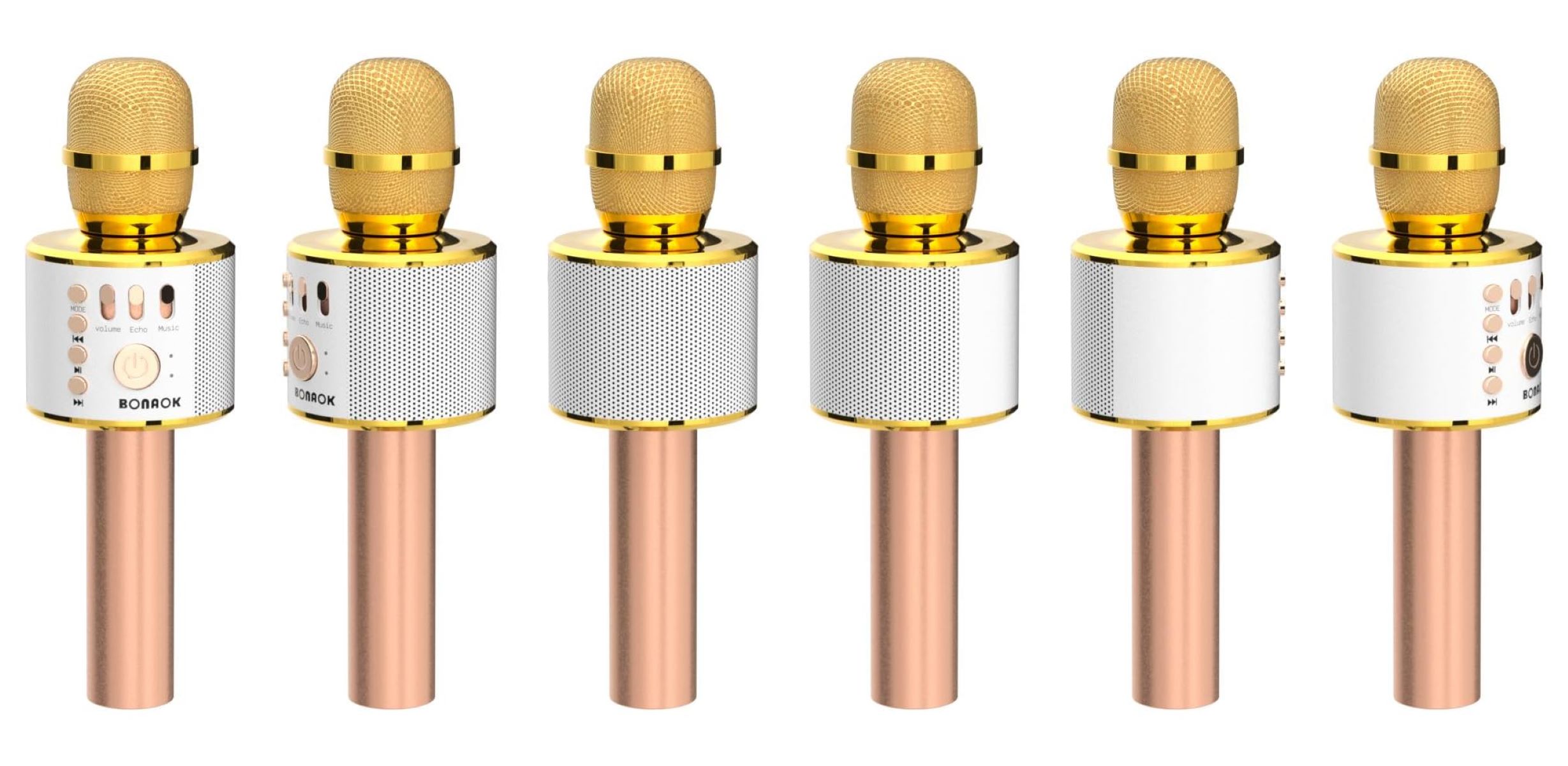Introduction
Noise cancellation technology has revolutionized the way we experience sound. Whether it’s eliminating background noise during phone calls or immersing ourselves in music without any distractions, noise cancellation has become a highly sought-after feature in various electronic devices. But when exactly was noise cancellation invented, and how has it evolved over time?
The concept of noise cancellation dates back several decades, with continuous advancements and improvements leading to the sophisticated technology we have today. By actively reducing unwanted sound waves, noise cancellation creates a more immersive and enjoyable auditory experience.
In this article, we will explore the origins of noise cancellation and delve into the different stages of its development. From the early attempts at noise reduction to the emergence of active noise cancellation, we will uncover the milestones that have shaped this groundbreaking technology. Additionally, we will explore how noise cancellation has been implemented in various industries, including aviation and consumer electronics.
As we delve into the history and applications of noise cancellation, we will also touch on the future of this technology. What innovations can we expect in the coming years? How will noise cancellation continue to enhance our daily lives? These are questions that we will address as we conclude our journey through the fascinating world of noise cancellation technology.
So, join us as we embark on a journey spanning decades of innovation and discover the remarkable origins and developments of noise cancellation.
The Origins of Noise Cancellation
The concept of noise cancellation dates back to the early 20th century when researchers began exploring ways to reduce unwanted sounds. It was during this time that scientists and inventors first started exploring the possibility of canceling out noise by using sound waves.
One of the earliest pioneers in the field of noise cancellation was Paul Lueg. In 1932, Lueg patented a system that aimed to reduce noise by emitting sound waves that were out of phase with the unwanted noise. This system, known as “phase-cancellation noise reduction,” formed the foundation for future noise cancellation technologies.
However, it wasn’t until the 1950s that noise cancellation began to gain more attention. Lawrence Jerome Fogel, an acoustical engineer, conducted groundbreaking research which led to the development of the first practical noise cancellation system. Fogel’s system utilized microphones to capture ambient noise and speakers to emit anti-noise waves, effectively cancelling out the unwanted sounds. Although this system was primarily designed for use in aircraft cabins, it set the stage for the future of noise cancellation.
Throughout the 1960s and 1970s, researchers focused on further refining the technology. They explored various methods of noise cancellation, including feedforward and feedback systems. Feedforward systems involved using a microphone to capture the ambient noise before it reached the listener’s ears, while feedback systems utilized microphones placed close to the listener’s ears. These advancements paved the way for more practical applications of noise cancellation technology.
By the 1980s, noise cancellation technology had made significant strides. Several companies began developing and commercializing active noise cancellation systems for industrial and commercial use. These systems were commonly used in environments where noise reduction was crucial, such as factories and airports.
During this time, Dr. Amar Bose, the founder of Bose Corporation, played a pivotal role in advancing noise cancellation technology. He developed the first commercially viable active noise cancellation headphones, known as the Bose QuietComfort. These headphones used miniature microphones and speakers to cancel out external noise, providing a peaceful listening experience for users.
Overall, the origins of noise cancellation can be traced back to the early 20th century, with researchers and inventors continually pushing the boundaries of technology. From the pioneering works of Paul Lueg and Lawrence Jerome Fogel to the commercialization efforts of companies like Bose, the journey towards effective noise cancellation has been marked by groundbreaking advancements.
The Early Attempts at Noise Cancellation
After the initial breakthroughs in noise cancellation technology, researchers and inventors embarked on a series of early attempts to refine and improve the effectiveness of noise cancellation systems.
One of the challenges faced by early noise cancellation systems was the size and weight of the equipment required. Early systems often involved large devices that were impractical for everyday use. However, as technology advanced, researchers sought to create more compact and portable solutions.
In the 1980s, a significant breakthrough came with the development of microchips and digital signal processing (DSP). This allowed for the miniaturization of active noise cancellation systems, making them more accessible to the general public.
During this time, noise cancellation technology saw its first application in consumer electronics, specifically headphones. The release of the Bose QuietComfort headphones in 2000, with its compact design and remarkable noise reduction capabilities, marked a significant turning point in noise cancellation technology for the consumer market.
Another notable development in the early attempts at noise cancellation was the integration of multiple microphones. By strategically placing multiple microphones on the headphones or in the environment, better noise cancellation was achieved. This approach enabled the system to capture and cancel out noise from multiple directions, resulting in a more immersive and effective noise reduction experience.
Furthermore, advancements in noise cancellation algorithms played a crucial role in improving the performance of early systems. These algorithms allowed for more precise and efficient cancellation of specific frequencies and noise patterns. With the use of advanced algorithms, noise cancellation devices were able to adapt to different environments and provide a personalized and optimized noise reduction experience for the user.
While early attempts at noise cancellation focused primarily on headphones and headsets, the technology eventually expanded to other consumer electronics such as earbuds, speakers, and even car audio systems. This allowed users to enjoy noise-free sound in various settings, whether they were commuting, working in a noisy environment, or simply seeking a moment of peace and quiet.
Although the early attempts at noise cancellation faced limitations and challenges, these early pioneers paved the way for the development of more advanced and effective noise cancellation systems. They set the stage for the widespread adoption of noise cancellation technology in various industries and established a solid foundation for the future advancements in this field.
The Emergence of Active Noise Cancellation
One of the most significant advancements in noise cancellation technology is the emergence of active noise cancellation (ANC). Unlike passive noise cancellation, which relies on physical barriers to block out noise, active noise cancellation actively emits sound waves to counteract and cancel out unwanted sounds.
The development of active noise cancellation can be attributed to the combined efforts of researchers and engineers who sought to create more effective and versatile noise reduction systems. The key to active noise cancellation lies in its ability to analyze incoming sound waves and generate inverse waves that effectively neutralize the unwanted noise.
An essential component of active noise cancellation is the use of microphones, which capture ambient noise in real-time. This feedback loop allows the ANC system to continuously adjust and optimize the counteracting sound waves to achieve optimal noise cancellation performance.
The emergence of active noise cancellation brought about a significant improvement in the quality and effectiveness of noise reduction. By actively emitting anti-noise waves, active noise cancellation systems can cancel out a broader range of frequencies and provide more efficient noise reduction, even in dynamic and noisy environments.
Initially, active noise cancellation technology found its application primarily in headphones and headsets, where users could immerse themselves in their music or audio without being disturbed by external noise. The technology gained popularity among frequent travelers and commuters who sought a more peaceful and enjoyable auditory experience on the go.
As active noise cancellation technology evolved, it began to find its way into other consumer electronic devices, such as earphones, smartphones, and even home theater systems. This expansion allowed users to enjoy noise-free sound in various contexts and settings.
With the emergence and widespread adoption of active noise cancellation, manufacturers began incorporating additional features to enhance the user experience. Some ANC systems now include transparency modes, which allow users to selectively amplify ambient sound for situational awareness. ANC devices also incorporate advanced battery management systems and customizable controls to optimize the user experience.
Furthermore, active noise cancellation technology has also found applications beyond the consumer electronics industry. In aviation, ANC systems are employed to reduce noise levels in aircraft cabins, providing passengers with a more comfortable and peaceful flight experience. Similarly, ANC is utilized in automotive settings, reducing road and engine noise for a quieter and more enjoyable ride.
The emergence of active noise cancellation has undoubtedly revolutionized the way we experience sound. It has opened up new possibilities for immersive audio and improved our ability to create quiet and peaceful environments in a world filled with noise and distractions.
As technology continues to advance, it is likely that active noise cancellation will see further refinement and integration into various aspects of our lives. The potential for even more sophisticated noise reduction systems and widespread adoption across different industries holds great promise for the future of active noise cancellation technology.
Noise Cancellation in Aviation
Aviation is one industry where noise cancellation plays a crucial role in improving the passenger experience and ensuring a quieter and more comfortable journey. Aircraft engines generate significant levels of noise throughout the flight, which can be both fatiguing for passengers and potentially harmful to their hearing.
To mitigate this issue, noise cancellation technology is employed in aircraft cabins to reduce the impact of engine noise. The use of active noise cancellation (ANC) systems in aviation has proven to be highly effective in achieving a quieter in-flight experience.
ANC systems in aircraft cabins utilize microphones to capture the ambient noise, including the engine noise and other sources of sound. The system then generates anti-noise waves that are emitted through the speakers, countering and canceling out the unwanted noise frequencies.
This active noise cancellation process significantly reduces the overall noise level experienced by passengers, creating a more peaceful environment that enhances comfort during long flights. It allows passengers to converse more easily, enjoy music or movies without disruption, and rest more comfortably during their journey.
Additionally, the use of noise cancellation technology in aviation has been beneficial for flight attendants and crew members. It enables better communication between crew members, ensuring important announcements are clear and easily understood. This improved communication helps maintain a safer and more efficient aircraft operation.
While active noise cancellation technology has proven to be effective in reducing engine noise, it cannot eliminate all sounds within an aircraft cabin. Other sources of noise, such as airflow and turbulence, may still be audible to some extent. However, active noise cancellation in aviation has significantly improved the overall travel experience by mitigating engine noise, which is the primary contributor to cabin noise.
Additionally, advancements in noise cancellation technology continue to enhance the effectiveness of ANC systems in aviation. Ongoing research and development aim to improve the accuracy and efficiency of noise reduction algorithms, resulting in even better noise cancellation performance in future aircraft designs.
Noise cancellation in aviation has become an essential aspect of inflight comfort and passenger satisfaction. It not only improves the overall travel experience but also prioritizes passenger well-being by reducing the potential long-term impact of prolonged exposure to high noise levels during flights.
As the aviation industry continues to evolve, noise cancellation technology will undoubtedly remain a significant area of innovation. Continued advancements in ANC systems will further enhance cabin comfort and contribute to safer and more enjoyable air travel experiences for passengers worldwide.
Noise Cancellation in Consumer Electronics
Noise cancellation technology has become increasingly prevalent in consumer electronics, transforming the way we experience sound in various devices. From headphones to earbuds, speakers, and even smartphones, noise cancellation has become a sought-after feature for many consumers.
Headphones and earbuds are arguably the most popular consumer electronic devices where noise cancellation is utilized. Active noise cancellation (ANC) technology in headphones and earbuds works by analyzing the surrounding noise and generating counteractive sound waves to cancel out the unwanted noise. This allows users to enjoy their music or audio content without the disturbances of external sounds, creating a more immersive and enjoyable listening experience.
The integration of noise cancellation technology in headphones and earbuds has significantly enhanced the ability to enjoy audio even in noisy environments. Whether it’s commuting on a busy street, working in a noisy office, or flying on a plane, noise cancellation helps users focus on the desired audio while minimizing distractions.
Moreover, noise cancellation has also made its way into speakers, enabling users to enjoy high-quality sound without the interference of ambient noise. ANC speakers process incoming audio signals and adjust the output sound waves to effectively cancel out external noise. This technology is particularly useful in settings where the surrounding noise can impact the audio quality, such as outdoor gatherings or crowded environments.
In recent years, noise cancellation has been integrated into smartphones as well. This feature aims to enhance call quality by reducing background noise during phone calls. By implementing noise cancellation algorithms and using advanced microphones, smartphones can effectively isolate the user’s voice from ambient noise, resulting in clearer and more intelligible conversations.
Furthermore, noise cancellation has found its way into other consumer electronic devices, such as televisions, gaming headsets, and smart home devices. These advancements allow users to enjoy an immersive audio experience without being disturbed by external noise sources.
As the demand for noise cancellation continues to grow, manufacturers are constantly innovating and improving the technology. Ongoing advancements focus on enhancing the efficiency of noise cancellation algorithms, improving the battery life of devices, and expanding the range of frequencies that can be effectively cancelled out.
Noise cancellation technology has undoubtedly revolutionized the consumer electronics industry, providing users with a more enjoyable and immersive audio experience. As technology evolves, we can expect to see further integration of noise cancellation features across a wider range of devices, making noise-free sound a standard expectation in the consumer electronics market.
The Future of Noise Cancellation Technology
The future of noise cancellation technology holds great promise, with continuous advancements paving the way for even more sophisticated and effective solutions. As researchers and engineers delve deeper into this field, several key areas are expected to drive the future development of noise cancellation technology.
One of the primary areas of focus is improving the precision and adaptability of noise cancellation algorithms. By refining these algorithms, noise cancellation systems will be able to identify and cancel out specific frequencies with greater accuracy, resulting in enhanced noise reduction performance. This will allow users to experience even clearer and more immersive sound, regardless of the environmental conditions.
Another area of development lies in the miniaturization and integration of noise cancellation technology into a wider range of devices. As technology advances, we can expect to see noise cancellation becoming a standard feature in various consumer electronics, including wearables, smart home devices, and even automotive systems. This integration will provide users with a seamless and consistent noise-free experience across different aspects of their lives.
Battery life is another crucial aspect that will likely be addressed in the future of noise cancellation technology. Many noise cancellation devices rely on batteries to power the active cancellation process. Innovations in energy-efficient designs and power management will extend the battery life of noise cancellation devices, allowing users to enjoy noise reduction for longer durations without the need for frequent recharging.
Personalization is also expected to play a significant role in the future of noise cancellation. Advancements in machine learning and artificial intelligence will enable noise cancellation systems to adapt to individual preferences and environmental conditions. Customized noise profiles, personalized calibrations, and adaptive noise cancellation algorithms will allow users to tailor the noise reduction experience specifically to their needs and preferences.
Furthermore, there is ongoing research into the utilization of advanced materials and structures to improve passive noise cancellation. By incorporating noise-absorbing materials and innovative acoustic designs, passive noise cancellation can complement active noise cancellation, resulting in even greater noise reduction capabilities.
As noise cancellation technology continues to evolve, it is expected to find applications in new areas. For example, healthcare settings could benefit from noise cancellation systems that minimize noise pollution and enhance patient comfort. Additionally, industrial environments might employ advanced noise cancellation solutions to protect workers’ hearing and improve overall safety.
Overall, the future of noise cancellation technology is bright, with continuous innovations and advancements on the horizon. From improved algorithms and miniaturization to personalized experiences and expanded applications, noise cancellation will continue to shape the way we experience sound, offering a quieter and more enjoyable environment in various aspects of our lives.
Conclusion
Noise cancellation technology has come a long way since its inception, transforming the way we experience sound in a variety of settings. From its origins in the early 20th century to the emergence of active noise cancellation and its integration into consumer electronics, the technology has consistently advanced to provide us with quieter and more immersive auditory experiences.
The journey of noise cancellation has witnessed significant milestones, from the initial breakthroughs in reducing unwanted noise to the emergence of active noise cancellation systems that actively counteract and cancel out unwanted sounds. These advancements have revolutionized industries such as aviation and consumer electronics, offering passengers quieter flights and enabling users to enjoy their favorite audio content without distractions.
Looking ahead, the future of noise cancellation technology is filled with promise. As technology continues to progress, we can expect improvements in noise cancellation algorithms, allowing for more precise and adaptable performance. The miniaturization and integration of noise cancellation into a wider range of devices will make noise-free sound a standard expectation in various aspects of our daily lives.
Battery life, personalization, and the utilization of advanced materials are also areas that will shape the future of noise cancellation. Longer-lasting batteries, personalized noise reduction profiles, and innovative acoustic designs will enhance the user experience and further optimize the noise cancellation capabilities.
Ultimately, the future of noise cancellation holds the potential to create quieter, more peaceful environments in a world filled with noise and distractions. Whether in travel, entertainment, or everyday life, noise cancellation technology will continue to improve our ability to immerse ourselves in sound and enhance our overall well-being.
As we move forward, it is exciting to envision the continued evolution of noise cancellation technology and the positive impact it will have on our everyday auditory experiences. By providing us with the power to control and manipulate sound, noise cancellation technology is poised to shape a more enjoyable and peaceful sonic landscape for years to come.







